Art World
10 Essential New Books on Women Artists to Add to Your Bookshelf Now
These recent volumes offer fresh takes on famous names and recover lesser-known trailblazers.

These recent volumes offer fresh takes on famous names and recover lesser-known trailblazers.

Sarah Cascone

As Women’s History Month draws to a close, here are 10 recent biographies of women artists to round out your reading list—at any point throughout the year.
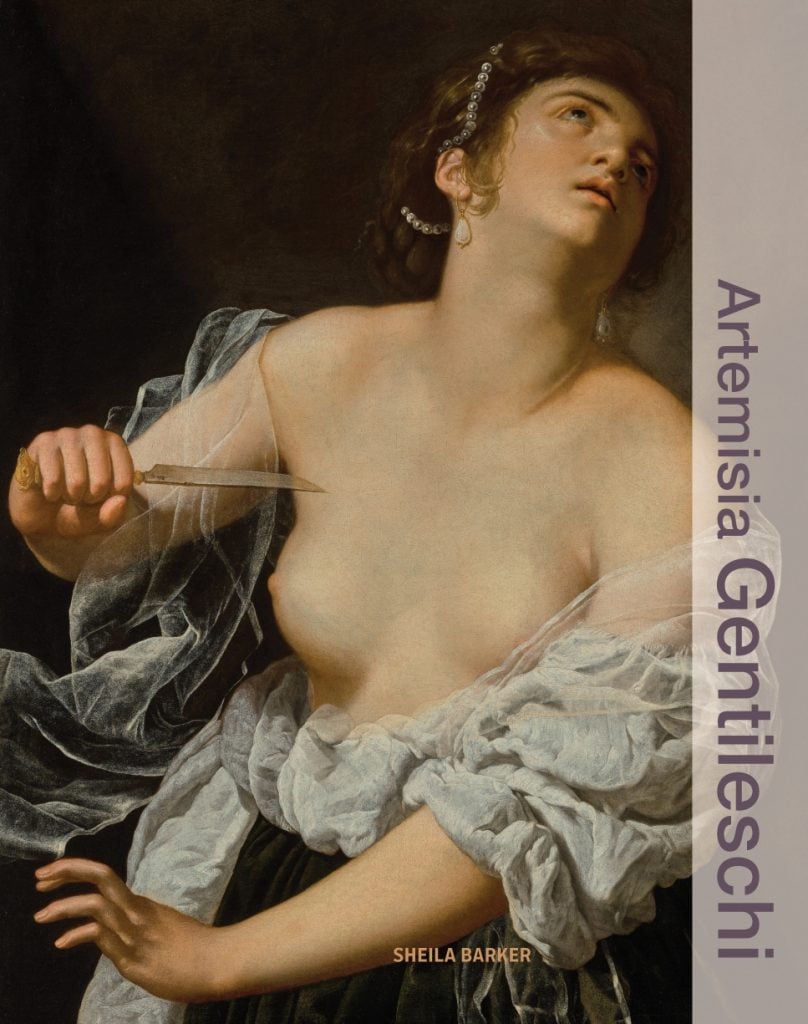
Artemisia Gentileschi by Sheila Barker, from the series “Illuminating Women Artists.” Courtesy of Getty Publications.
Sheila Barker tackles the life and career of the great Baroque painter Artemisia Gentileschi (1593–1652) in the second volume in the Getty Publications/Lund Humphries series “Illuminating Women Artists,” which kicked off last September with a tome dedicated to Spanish polychrome sculptor Luisa Roldán (1652–1706). Known in large part for her dramatic biography—raped by her painting teacher as a teenager, Gentileschi pursued justice in the court of law, braving physical torture to secure a guilty verdict—the artist was also a child prodigy who went on to success as a court painter. Her scenes of powerful women sustain a surprising feminist appeal across the centuries.
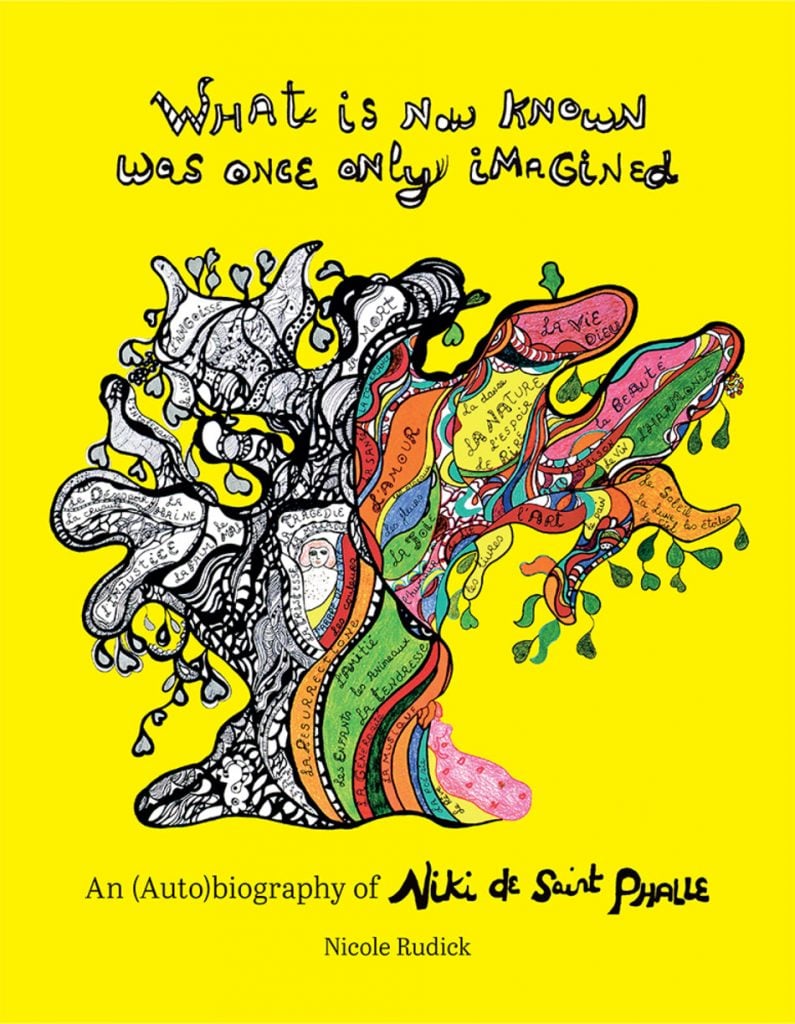
What Is Now Known Was Once Only Imagined: An (Auto)biography of Niki de Saint Phalle, by Nicole Rudick. Courtesy of Siglio Press.
In this unconventional take on a biography, Nicole Rudick relies entirely on Niki de Saint Phalle’s (1930–2002) own notes, letters, and art to craft a portrait of the great French sculptor, painter, and filmmaker. The artist, who eloped at 18 and eventually left her husband and two children to dedicate herself to her career, writes candidly of the guilt caused by that decision: “I felt that I had done such a terrible thing…that I buried myself 100 percent in my work for the rest of my life to make up for it.” (Saint Phalle did maintain a relationship with her children, despite living apart from them.) Other writings recount the completion of major works of art, as well as harrowing personal experiences, such as the death of her assistant from AIDS, and her rape by her father at the age of 11.

Florine Stettheimer: A Biography, by Barbara Bloemink. Courtesy of Hirmer.
Barbara Bloemink is the leading authority when it comes to Florine Stettheimer (1871–1944), having curated major exhibitions of the artist’s work at New York’s Katonah Museum of Art and Whitney Museum of American Art, and expanded her PhD dissertation into the 1995 book The Life and Art of Florine Stettheimer. Now comes the definitive biography of the Modernist painter, who mainly showed her colorful, figurative paintings at her own private salon to such friends as Francis Picabia, Alfred Stieglitz, and Marcel Duchamp, and instructed her sisters to destroy her works after her death. Luckily, they ignored the demand, and distributed them to museums across the U.S., preserving the legacy of “one of the most innovative and significant artists of the twentieth century,” according to Bloemink.
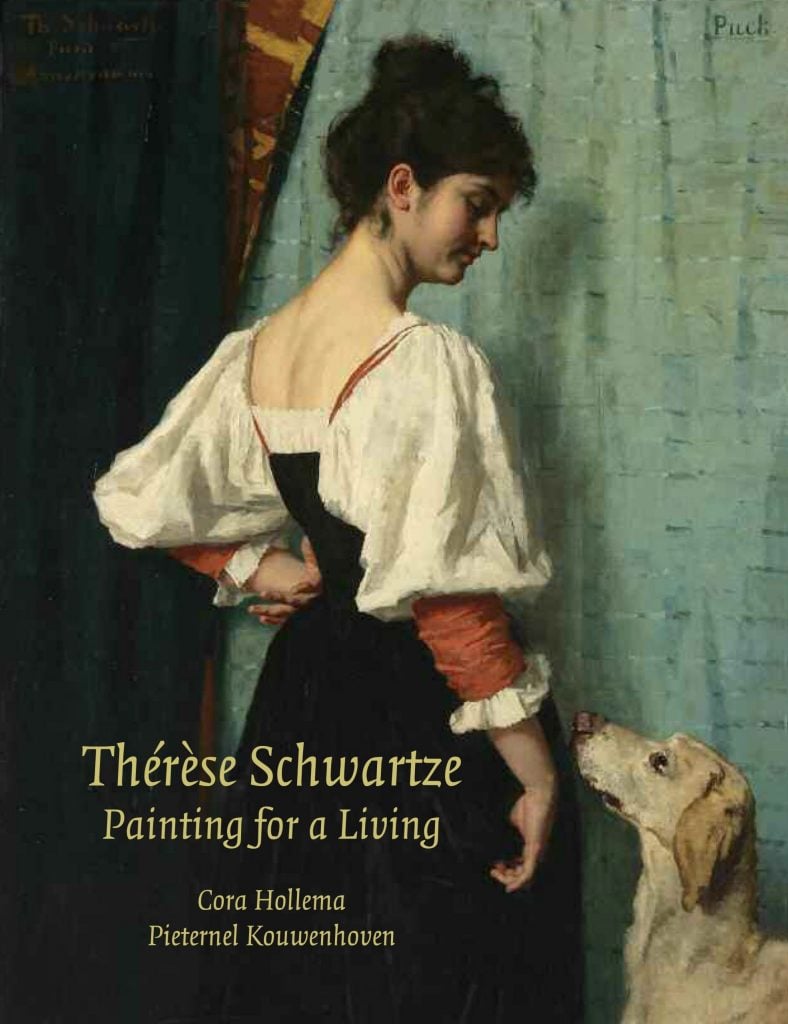
Thérèse Schwartze: Painting for a Living, by Cora Hollema and Pieternel Kouwenhoven. Courtesy of St. Fonds Publicatie.
Thérèse Schwartze (1851–1918) was trained in her craft by her Dutch American father, Johann George Schwartze, who was determined she make a career as a professional artist. Despite her gender, she grew up to become one of Amsterdam’s most celebrated portraitists and a wealthy businesswoman, working for royal patrons and earning millions of dollars. This success, as you might expect, set Schwartze apart from other 19th-century women and inspired harsh criticism—but not, of course, lasting art-historical recognition. This biography seeks to rectify that. A second edition of the book was published last year, on the occasion of the solo show “Thérèse Schwartze” at the Paul Tetar van Elven Museum in Delft (through May 8, 2022).
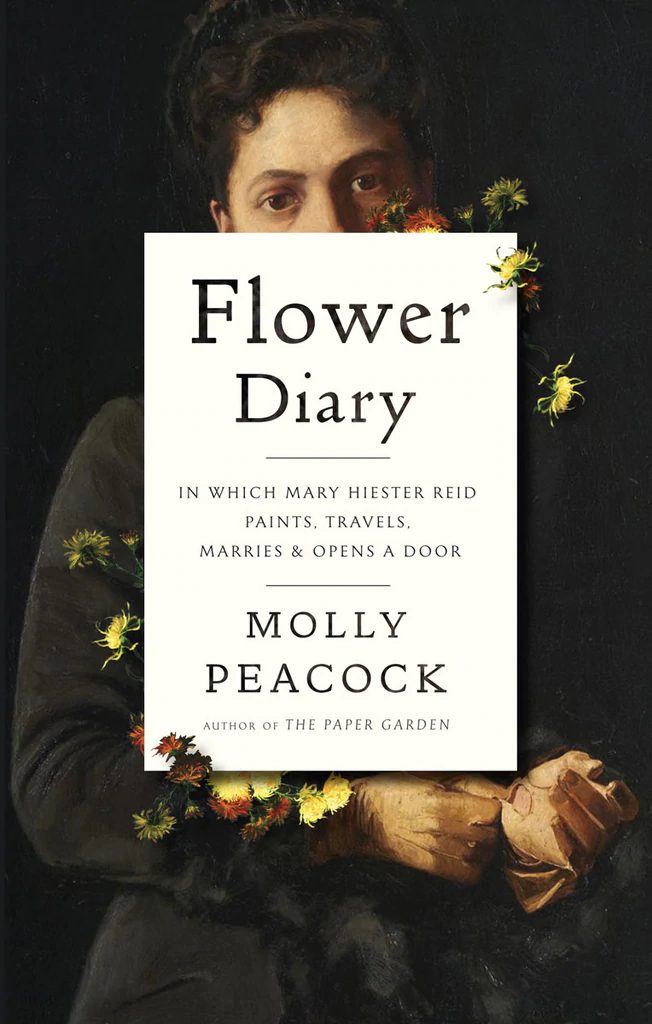
Flower Diary: In Which Mary Hiester Reid Paints, Travels, Marries and Opens a Door, by Molly Peacock. Courtesy of ECW Press.
In this biography of painter Mary Hiester Reid (1854–1921), author Molly Peacock delves into the saga of an uncommonly supportive marriage between two determined artists, drawing a parallel with her own life and union. Hiester Reid—whom Peacock calls “a foremother of Georgia O’Keeffe”—refused to give up her own career after marrying fellow artist George Reid (1860–1947). But despite having painted some 300 critically acclaimed still lifes and landscapes that were exhibited internationally, she is among the many women artists whose accomplishments have been all but lost to history. With few written records of Hiester Reid’s life, Peacock uses the artist’s paintings as a visual diary to help sketch out the details of her life and career, 100 years after her death.

Everything She Touched: The Life of Ruth Asawa,
by Marilyn Chase. Courtesy of Chronicle Books.
In recent years, the Japanese American sculptor Ruth Asawa (1926–2013) has achieved new fame for her intricate woven-wire sculptures. But Marilyn Chase’s fascinating biography is guaranteed to give you a new appreciation for this incredible woman, a survivor of the U.S.’s World War II Japanese internment camps and graduate of the famed Black Mountain College in North Carolina who developed her own unique artistic style and practice while working as a force for arts education in San Francisco. And did I mention she had six children, two of whom were adopted?

May Alcott Nieriker, Author and Advocate: Travel Writing and Transformation in the Late Nineteenth Century, by Julia Dabbs. Courtesy of Anthem Press.
You almost certainly know of Louisa May Alcott, author of the beloved 19th-century children’s novel Little Women. But what you probably never heard was that her literary success funded her sister May Alcott Nieriker’s (1840–1879) travels to Europe to pursue a career in art. Alcott Nieriker ultimately had two paintings accepted into the Paris Salon, but she also wrote about travel and art, including the 1879 guidebook Studying Art Abroad and How To Do It Cheaply. In her new book about the artist and author, Julia Dabbs republishes these texts for the first time since the 1870s and examines how Alcott Nieriker fits in with broader trends in 19th-century American art and art criticism, travel writing, and gender studies.
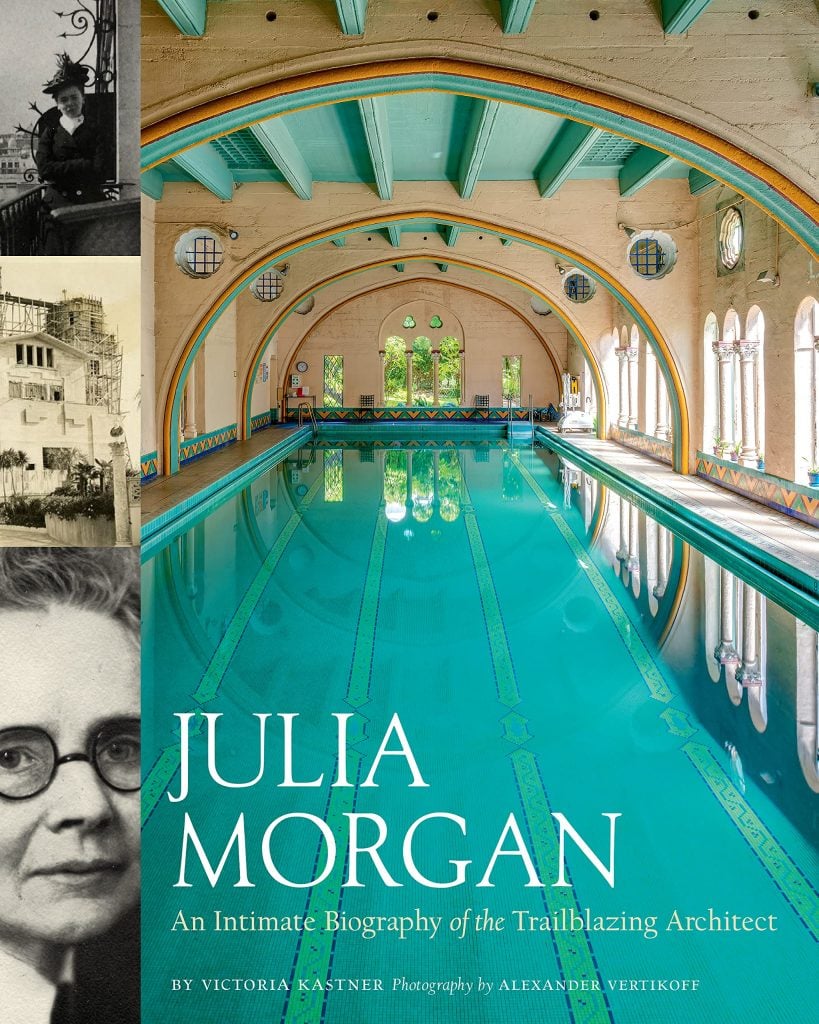
Julia Morgan: An Intimate Biography of the Trailblazing Architect, by Victoria Kastner. Courtesy of Chronicle Books.
Julia Morgan (1872–1957) was a trailblazer, as both the first woman admitted to study architecture at the École des Beaux-Arts in Paris and the first woman architect licensed to practice in California—where she designed Hearst Castle, the most famous of her 700 completed projects. Victoria Kastner’s biography draws on previously unpublished materials, including interviews, letters, drawings, and diaries, and features 150 photographs to tell the story of a brilliant and determined artist.
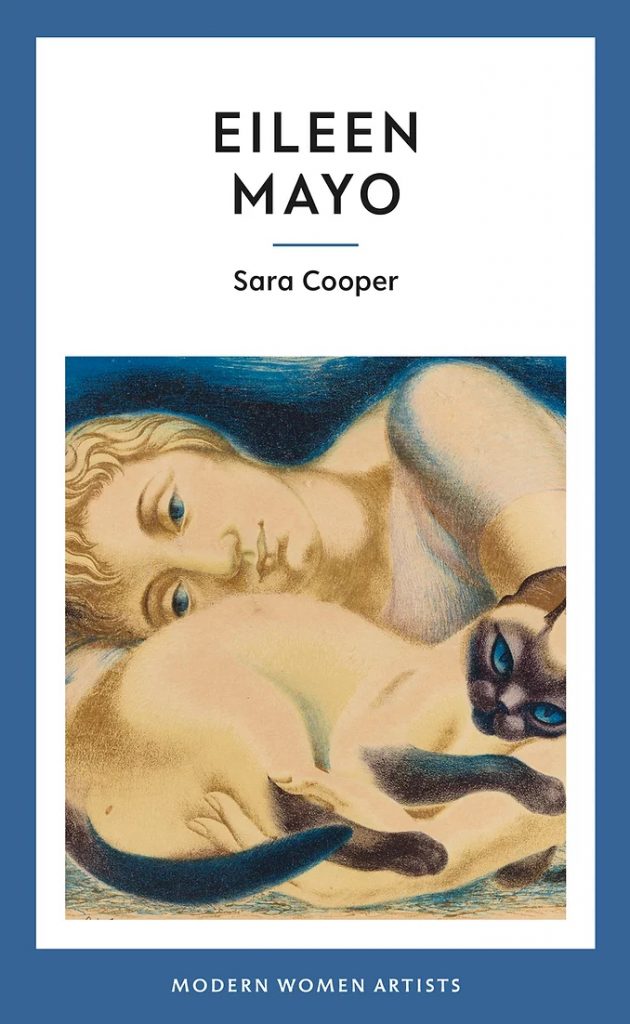
Eileen Mayo, by Sara Cooper. Courtesy of Eiderdown Books.
British artist Eileen Mayo (1906–1994) was a woman of many talents, working as a painter, printmaker, tapestry designer, engraver, illustrator, calligrapher, and lithographer—as well as an artist’s model for the likes of Laura Knight and Dod Procter. In this installment in Eiderdown Books’ “Modern Women Artists” series dedicated to revisiting art history’s forgotten female figures, Sara Cooper looks to reintroduce Mayo, whose work embraced the natural world, to a new audience of art lovers.
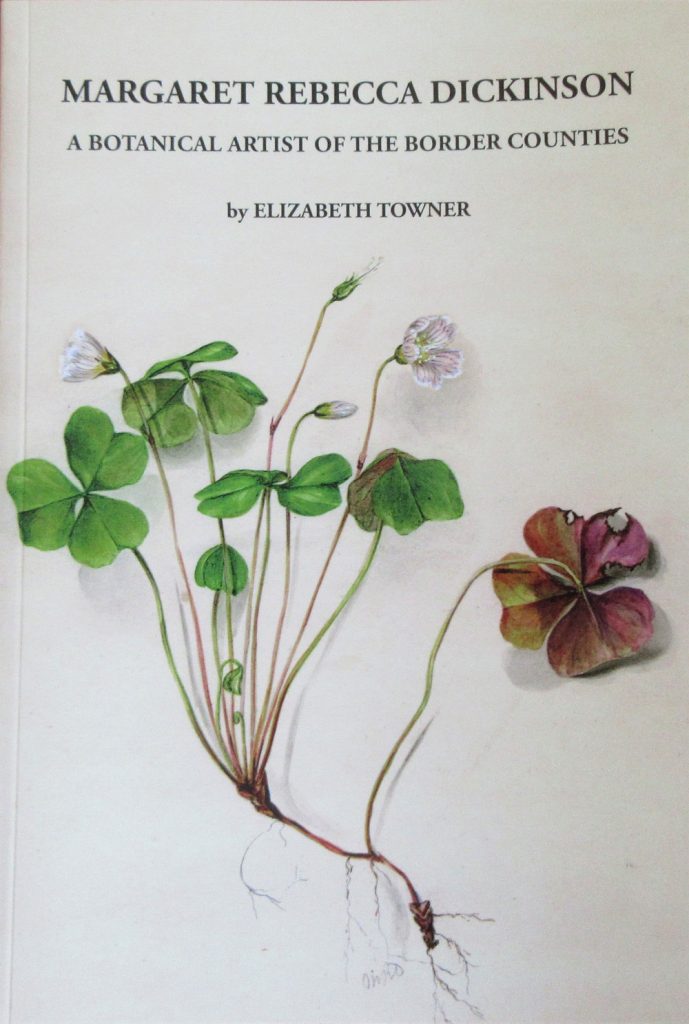
Margaret Rebecca Dickinson: A Botanical Artist of the Border Counties, by Elizabeth Towner. Courtesy of Berwickshire Naturalists’ Club.
Published last fall in time for the 200th birthday of Victorian botanical artist Margaret Rebecca Dickinson (1821–1918), this book looks to garner new notice for her life’s work—458 meticulously detailed watercolor paintings documenting plants and flowers she encountered in northeast England. A lifelong nature lover, Dickinson painted the humble weed as often as she did colorful wildflowers, but left behind no letters or diaries. Though her art went to the Hancock Museum in Newcastle, Dickinson received little recognition for her artistic and scientific contributions. Author Elizabeth Towner has pieced together her biography here for the first time.